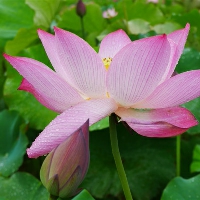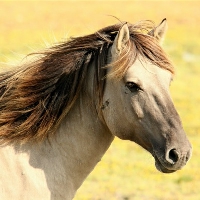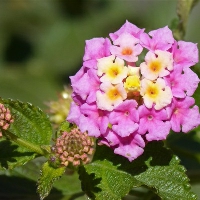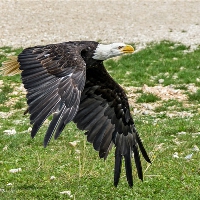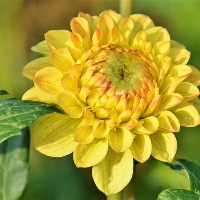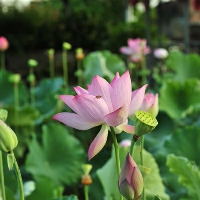That is, by analyzing the teaching materials, find out the main points, and simplify knowledge into regular words to help biological knowledge memory. For example, the molecular structure of DNA can be simplified as "54, 32, 1", that is, five basic elements, four basic units, each basic unit has three basic substances, and many basic units form two deoxyribonucleic acid chains
Expand Details